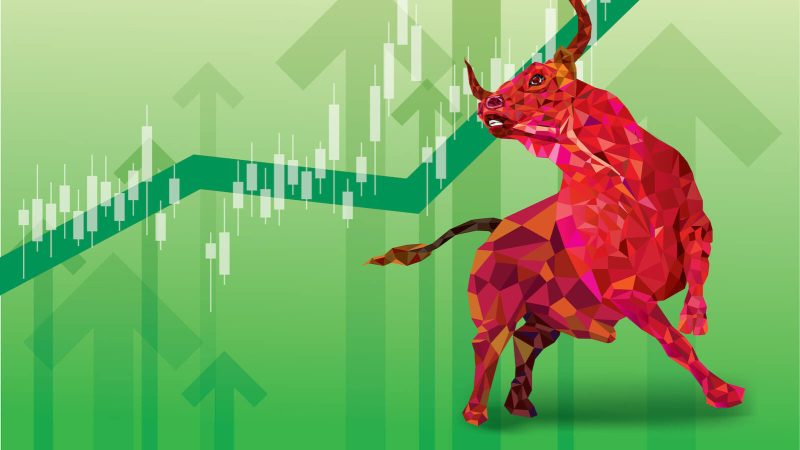As we delve deeper into the financial trading year, all eyes are on developments in the stock market. The term ‘Grand Slam’ in the stock exchange context is not about a tennis championship, but an equally fascinating event where the key broader stock market indexes reach new highs simultaneously. Amid dynamic economic climates, both investors and corporate giants closely monitor these indexes for guidance on investment decisions and trends. On occasions, when these indexes – The Dow Jones Industrial Average (DJIA), S&P 500, Nasdaq Composite and the Russell 2000 – all scale new peaks, it’s tantamount to a financial Grand Slam. Recent trends indicate that the broader stock market indexes are soaring to new heights, shedding light on the accelerating health of the stock market.
One of the most widely recognized and revered indices, the DJIA, which represents the 30 large publicly owned companies based in the United States, plays a crucial role in the Grand Slam. The DJIA’s recent surge to record heights has not only signified strong economic progress but also suggested optimistic investor sentiments. These peaks have typically been associated with solid corporate earnings, strategic acquisitions, and even geopolitical situations that favor the market’s upward movement.
The second heavyweight in the Grand Slam, the S&P 500 Index, represents the 500 largest U.S. publicly traded companies. This index is a perfect mirror of the U.S. stock market’s overall performance. Recently, the S&P 500 has also been soaring, primarily driven by advancements in critical sectors like technology, financial, and energy. It has set an unprecedented rally in motion, strengthening its position and staying in-line with investor expectations.
Shifting the focus to the tech-weighted Nasdaq Composite, it’s noteworthy that this index showcases the performance of more than 2,500 companies listed on the Nasdaq stock exchange, including the world’s tech giants. The Nasdaq Composite’s recent upward trajectory to new record highs is undoubtedly a testament to the rapidly evolving technology sector’s robust performance. This growth goes hand in hand with pioneering developments in AI, machine learning, big data, and cloud computing domains.
The final piece of the Grand Slam is the Russell 2000 Index, which contains the bottom 2,000 stocks in the Russell 3000 Index. Despite being a small-cap stock index, it’s an essential piece of the puzzle, as it gives investors insight into the U.S. economy’s broader base. When the Russell 2000 soars, it’s often an indication of the overall economic strength, as smaller, domestic companies are typically more sensitive to changes in the economy.
Keeping these indexes’ performance at the center, the Grand Slam appears to be on the horizon, with broader stock market indexes reaching unprecedented heights. These indexes provide not just a snapshot of the sectors they represent, they also offer insight into the nation’s economic health. Equally importantly, they are a barometer for investor confidence.
While it’s essential to celebrate the highs, one must remember that the stock market is inherently volatile. Peaks and troughs are part of its nature and vital to its function. Investors should remain prudent, keeping in mind that what goes up may come down, and opportunities for investment may come in various cycles of this dynamic market.
As we witness the possibility of a Grand Slam, it’s clear that now is an exciting time in the stock market. The broader indexes are demonstrative of a strong economy and an optimistic outlook. It’s a sequence that should provide opportunities and encouragement for investors, suggesting that sticking to well-considered, long-term investment strategies can ultimately yield rewarding outcomes. The Grand Slam serves not just as an achievement in itself, but also, somewhat paradoxically, as the starting point for aiming even higher.




